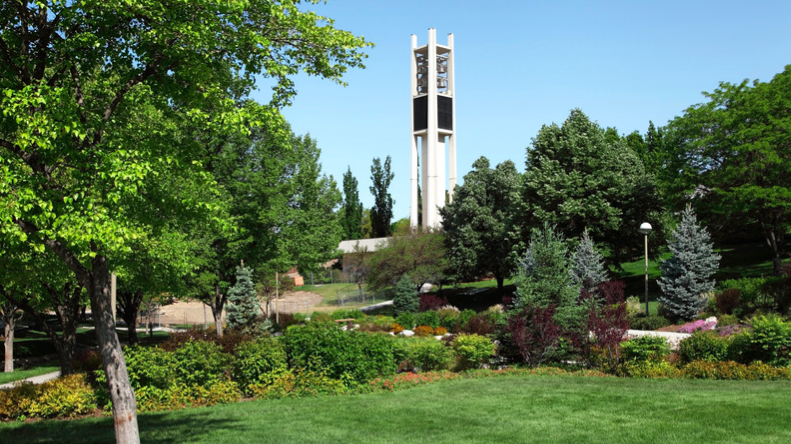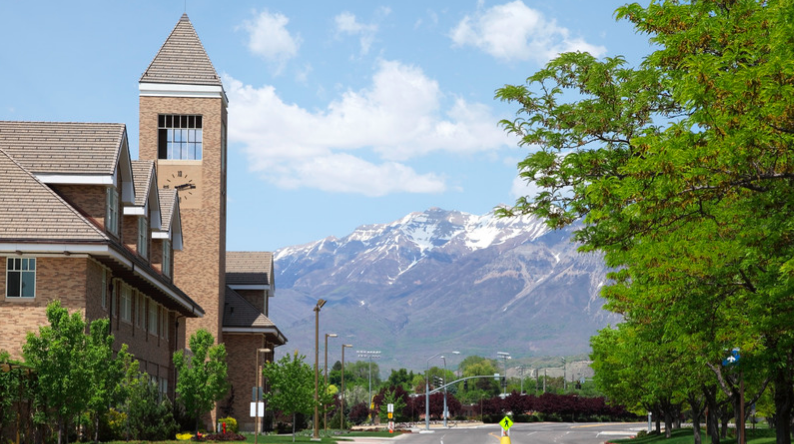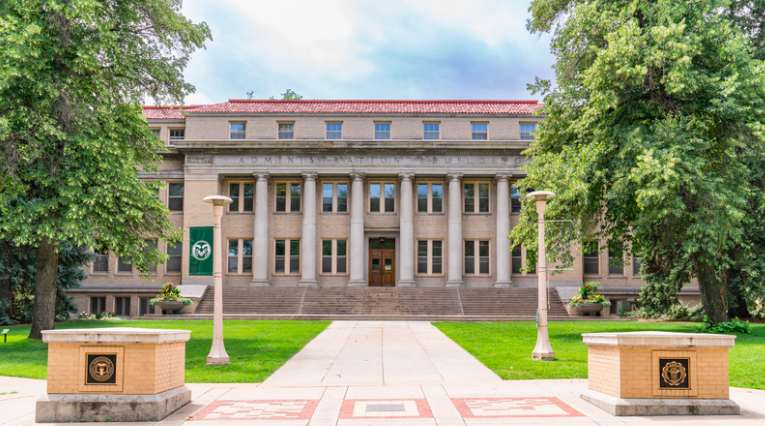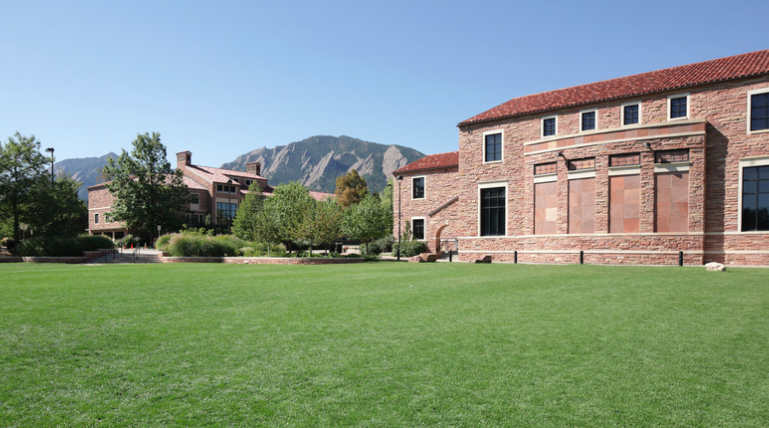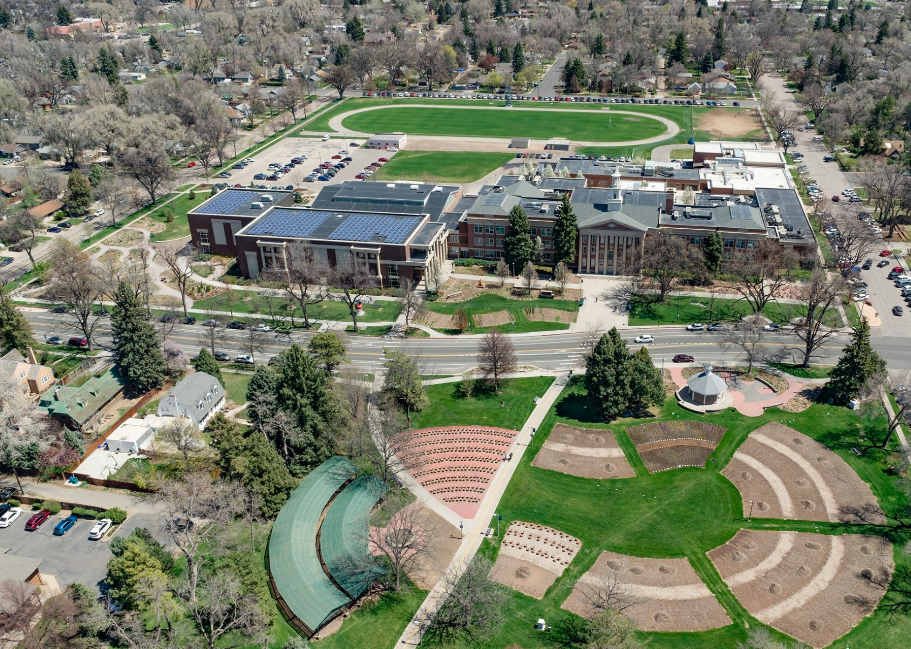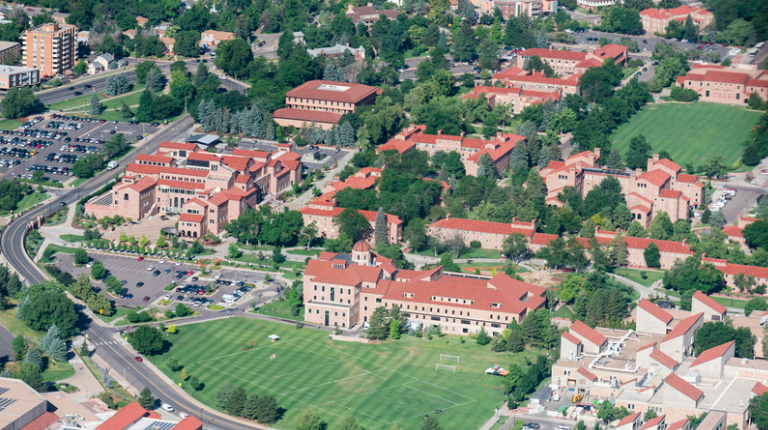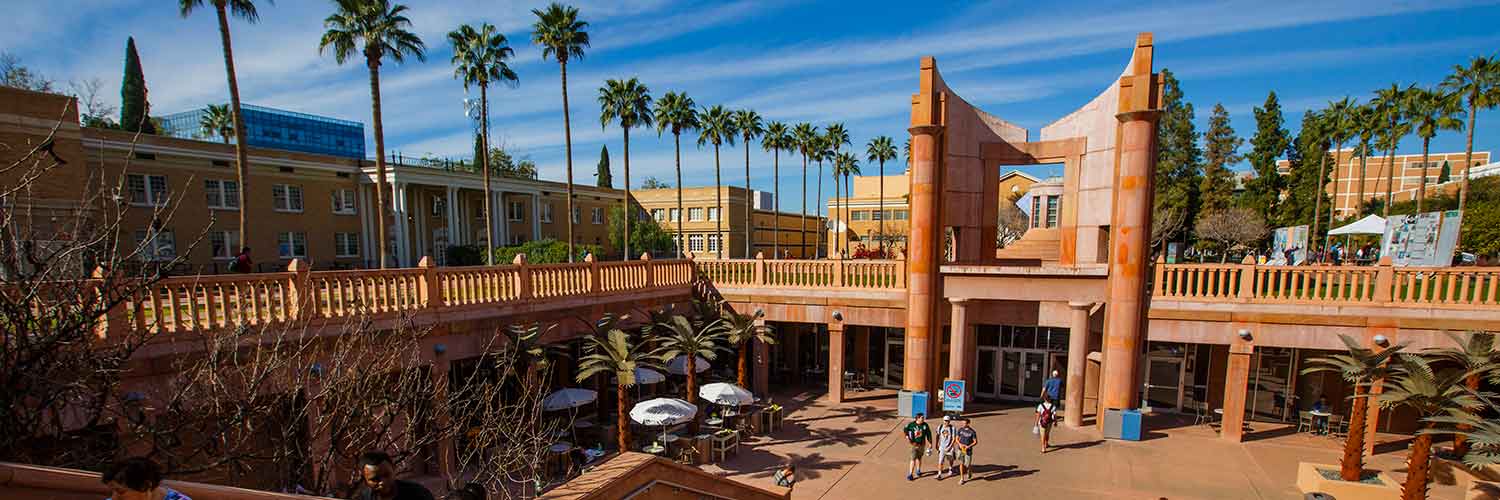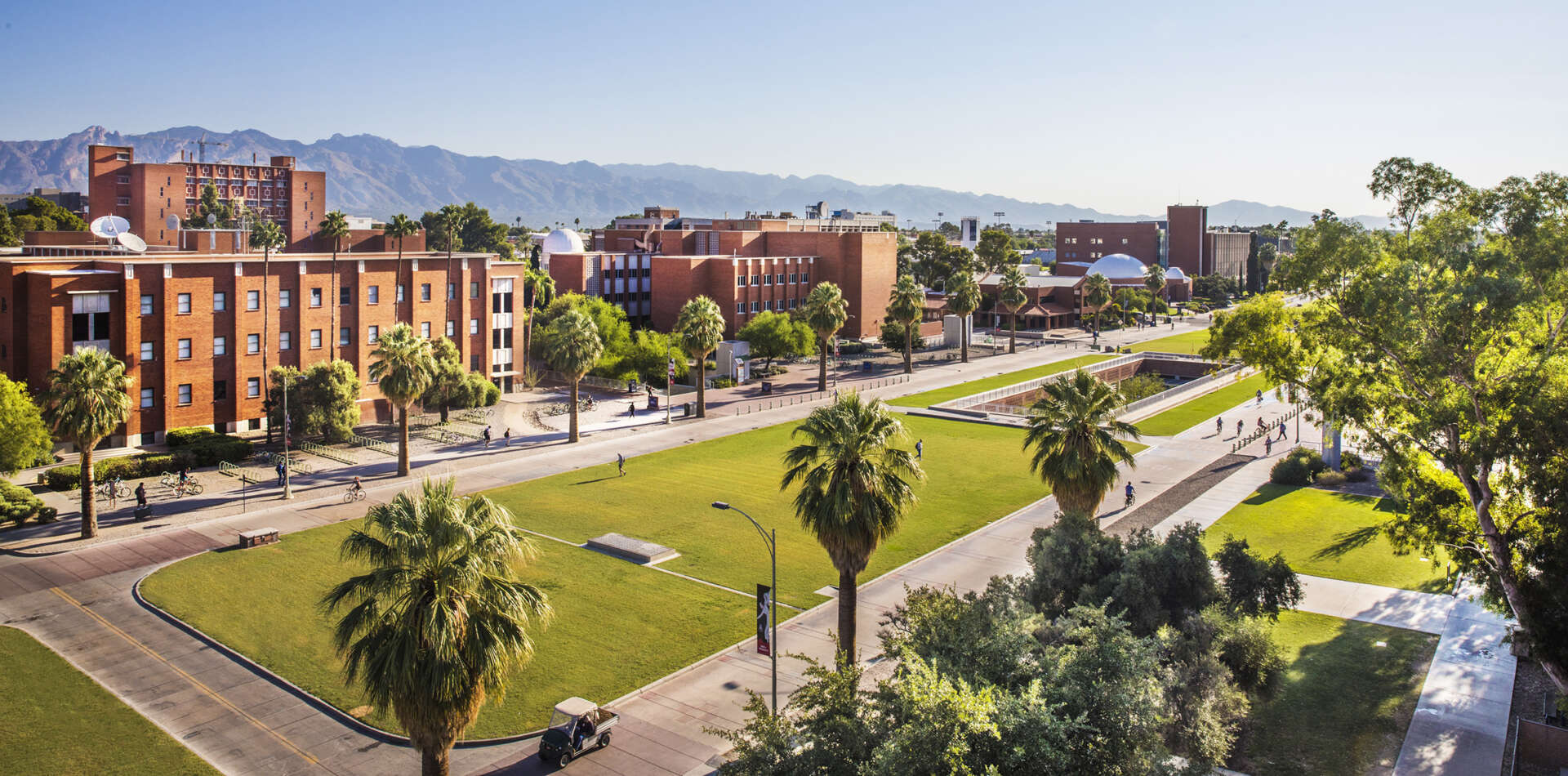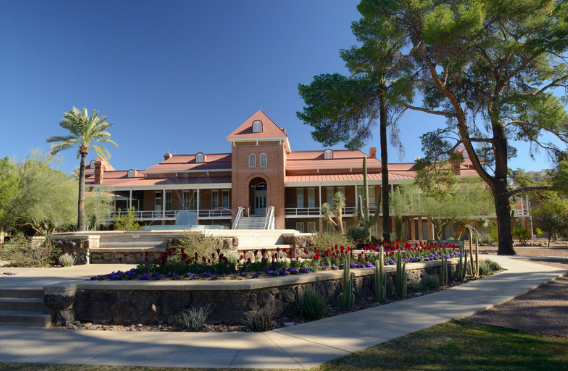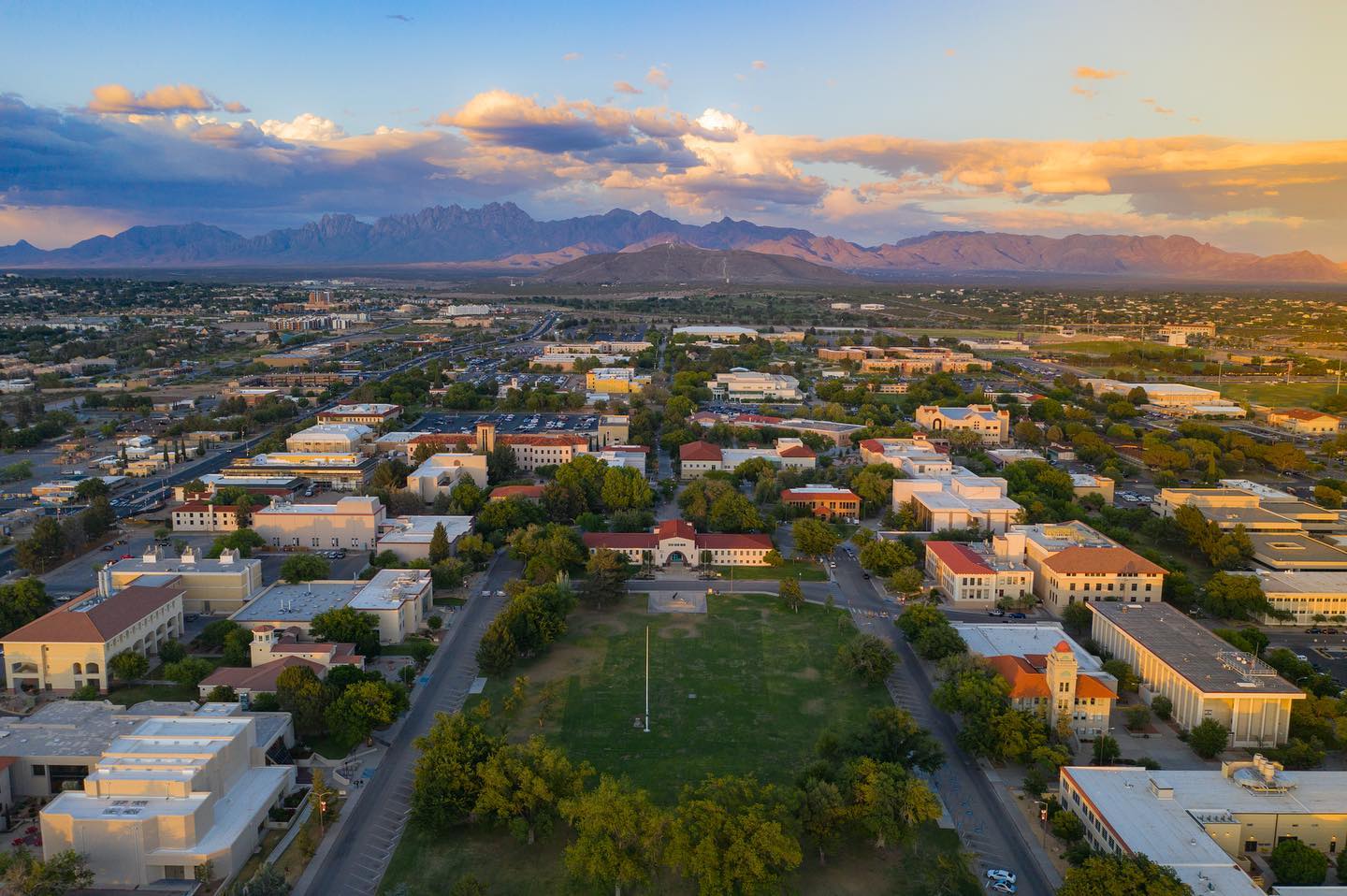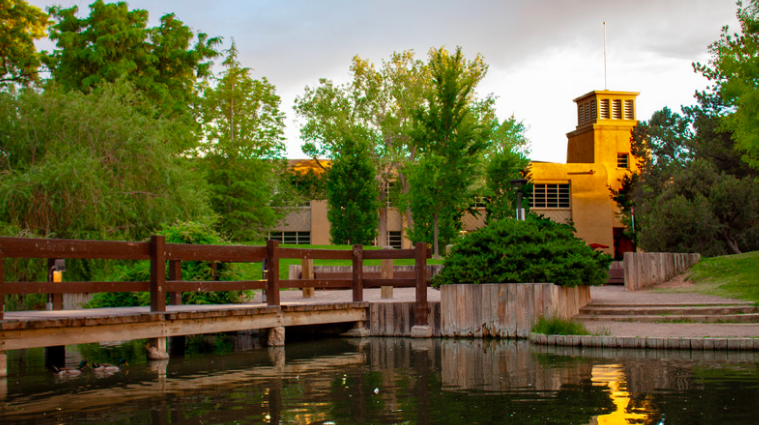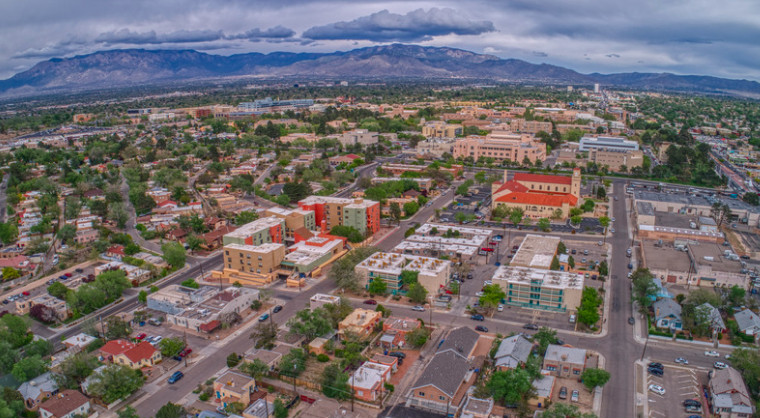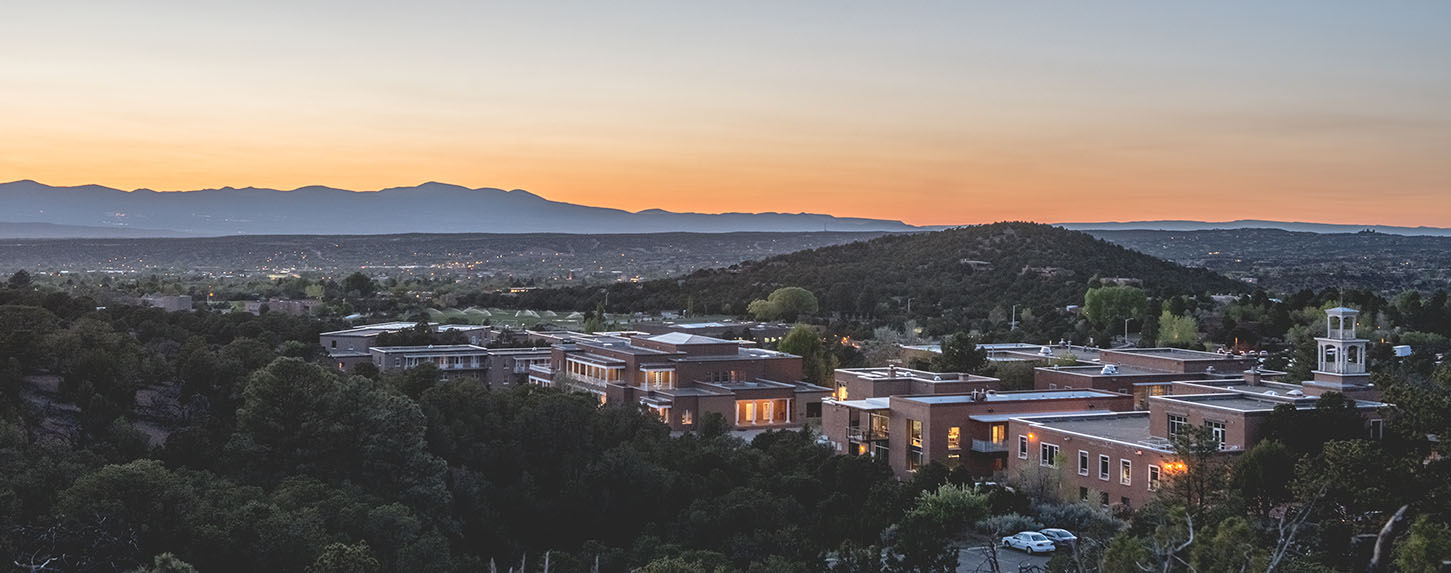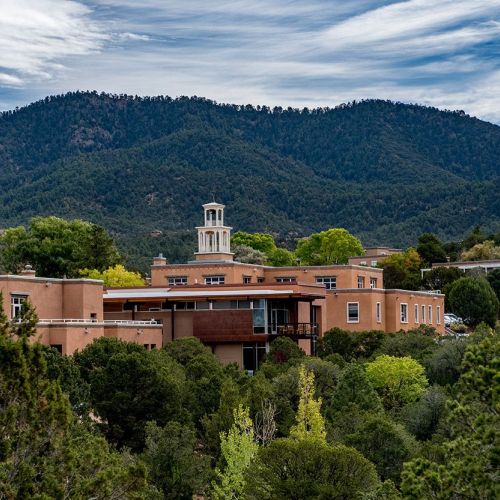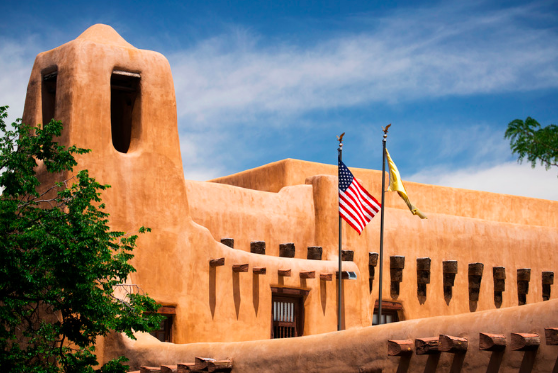 Heading to college in a different city can be a huge adventure. There are opportunities to live a different way of life, interact with fresh people, and become self-sufficient. At the same time, moving to a new city is not something wise to improvise.
Heading to college in a different city can be a huge adventure. There are opportunities to live a different way of life, interact with fresh people, and become self-sufficient. At the same time, moving to a new city is not something wise to improvise.
It’s essential to consider the many factors leading up to moving and during your first weeks in a new city. Yes, doing so takes more time and commitment when you’re already juggling various new decisions and responsibilities. Nevertheless, your efforts help you build a strong foundation for a positive college experience.
Making Informed Choices
Some of the most critical steps for thriving when you move to a new city begin before you even leave home. Taking a little time to make informed choices about where you want to move is a key influencer of your eventual experience. It’s not always the best idea to pick a city because its schools have a high profile. The location may not be the right fit for you. Many high-quality yet underrated schools can be found in areas with supportive communities, thriving cultures, and a solid standard of living.
There’s much to research when considering moving to a new city. Check out the local climate, particularly if you experience low moods in rainy and dull conditions. Look at the housing market, too. Though you might start in a college dorm, you might move off campus. Researching the types of homes available and the median prices can help you make decisions that align with your finances and plans.
You should also consider what’s important to you in the city in which you want to spend at least the next few years. Do you want to experience something completely new with a fresh start? Moving further away from home to a city with a different landscape or culture may be a good choice.
If you have a tighter budget, you might consider a location not just with a good college program but also a solid job market offering entry-level opportunities and part-time positions. You can make the right choice by listing your priorities and using them to drive your research.
Getting Around a New Place
Once you’ve chosen a spot, figuring out how to navigate the city can really help you get settled. Every city has its nuances, cultural quarters, and even shortcuts. Locals may already be acquainted with these, but learning these quirks and features will take some time for new college students. If you can spare the effort, consider taking a trip to your new city before moving. It’ll give you a chance to get more familiar with the town and commute more efficiently on a day-to-day basis.
If you’re taking your vehicle with you to school, it’s worth looking at what technology can improve your driving experience and help you find your way around. A reliable global positioning system (GPS) navigation tool is invaluable. They can guide you around unfamiliar areas and give you a good sense of the shape of the city, whether you’re using an app or built-in software in your vehicle. A heads-up display that positions information in your field of vision may also make your drive safer, as you won’t need to take your eyes off the road to check out directions.
Alternatively, you can explore your new city using public transportation. Buses, trains, and shuttles can be more cost-effective, helping you reduce your college expenses, especially if the city transit authority offers student discounts. They also tend to be more environmentally sustainable. Check out their schedules and learn the routes to travel through the city. Another benefit to this approach is that you won’t be focused on driving, so you can look around you and discover local restaurants, businesses, and amenities you want to check out. You can also take the time to study.
Engaging with the Local Scene
When you’re moving away to go to college, it’s good for your overall well-being to find ways to get settled and start treating the area like home. Home is more than the creature comforts in your dorm — it’s also connecting with your community. The earlier you engage with your neighbors and fellow students, the more meaningful and supportive your new roots will be.
If you’re uncertain about what to do, your hobbies are a good place to start. Look out for local clubs and organizations that focus on your areas of interest. Your college is likely to have some student societies, of course. However, joining organizations in the wider community can help introduce you to a more diverse range of people and experiences.
Another great way to find friends and connect to your new hometown is by joining community initiatives. Beach clean-ups, food drives, and homeless outreach services are always looking for volunteers to help out. Not only do you get to meet some locals, but you also learn more about what issues are important to people in your new city. By giving some of your time, you get to make a difference while enriching your own life.
Conclusion
When you’re moving to a new city for college, there is much you can do to make your experience easier and more positive. Doing so will involve actions you take before you hit the road — like researching potential locations — alongside activities that enhance your connections to your new community once you arrive. Don’t be afraid to ask for help, too. Everybody is uncertain or makes mistakes occasionally. Reaching out to friends, family, and your new neighbors can help you overcome your hurdles and thrive.
 You have an essay due for Contemporary American Fiction, and there’s an upcoming exam for Environmental Biology. Plus, you are on the schedule for work three days this week, and your co-worker asked you to cover their weekend shift. Then, your roommate begs you to go with them to a concert, and you haven’t done anything besides school or work in months. Thinking about it all, you feel like screaming — or maybe giving up on everything and going to sleep.
You have an essay due for Contemporary American Fiction, and there’s an upcoming exam for Environmental Biology. Plus, you are on the schedule for work three days this week, and your co-worker asked you to cover their weekend shift. Then, your roommate begs you to go with them to a concert, and you haven’t done anything besides school or work in months. Thinking about it all, you feel like screaming — or maybe giving up on everything and going to sleep. Schedule Time for Self-Care
Schedule Time for Self-Care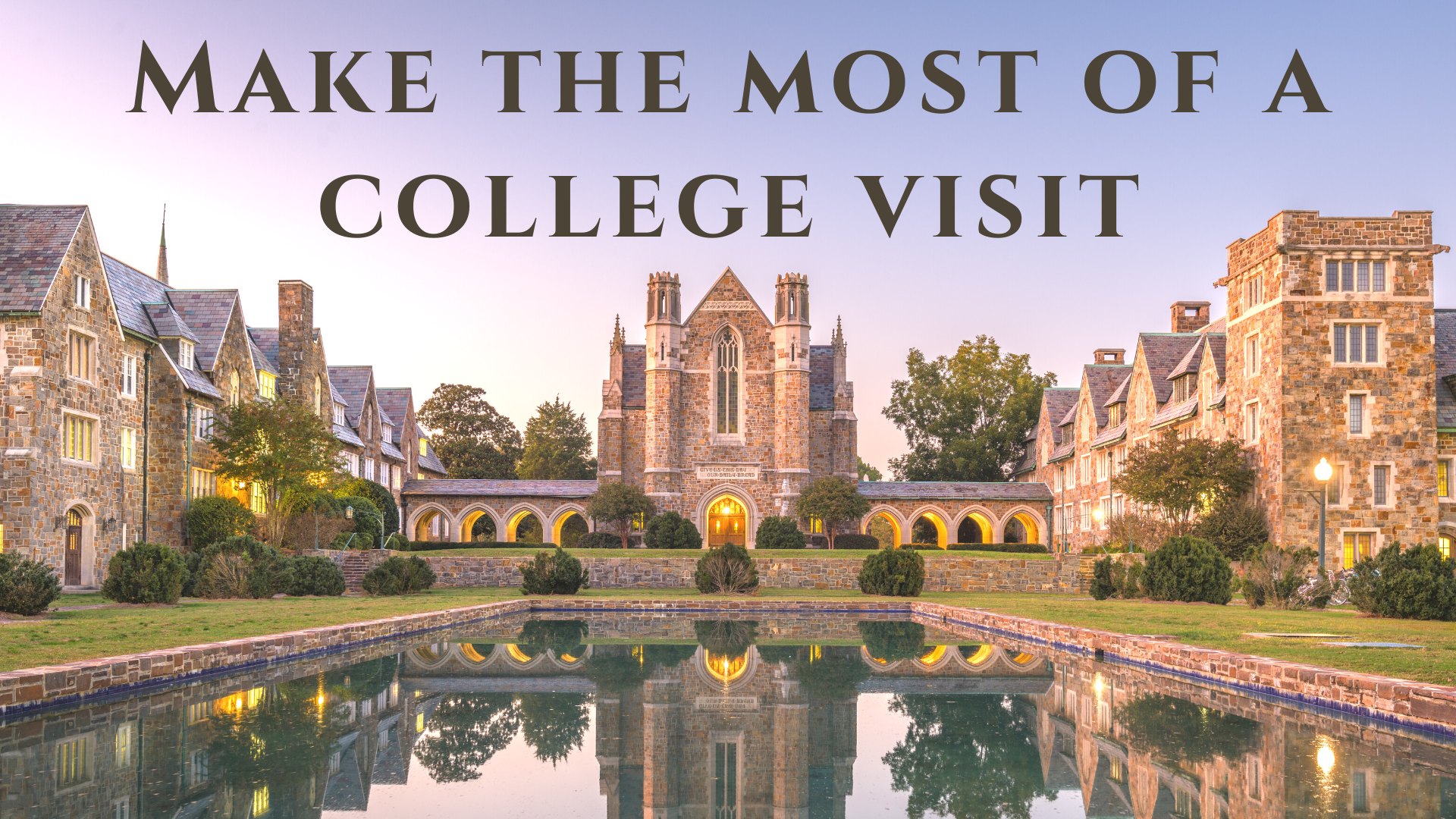
 Today’s reader question comes from Darren in Washington, DC:
Today’s reader question comes from Darren in Washington, DC:

 For new high school graduates, choosing a college major can be a challenge. Bombarded with recommendations from parents, friends, and teachers, it can feel truly overwhelming.
For new high school graduates, choosing a college major can be a challenge. Bombarded with recommendations from parents, friends, and teachers, it can feel truly overwhelming.
